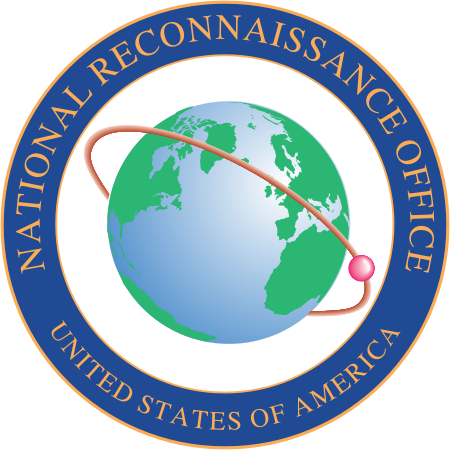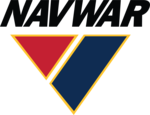National Reconnaissance Office

The National Reconnaissance Office (NRO) is a member of the United States Intelligence Community and an agency of the United States Department of Defense which designs, builds, launches, and operates the reconnaissance satellites of the U.S. federal government, and provides satellite intelligence to several government agencies, particularly signals intelligence (SIGINT) to the NSA, imagery intelligence (IMINT) to the NGA, and measurement and signature intelligence (MASINT) to the DIA.NRO is considered, along with the Central Intelligence Agency (CIA), National Security Agency (NSA), Defense Intelligence Agency (DIA), and National Geospatial-Intelligence Agency (NGA), to be one of the "big five" U.S. intelligence agencies. The NRO is headquartered in Chantilly, Virginia, 2 miles (3.2 km) south of the Washington Dulles International Airport. The Director of the NRO reports to both the Director of National Intelligence and the Secretary of Defense. The NRO's federal workforce is a hybrid organization consisting of some 3,000 personnel including NRO cadre, Air Force, Army, CIA, NGA, NSA, Navy and US Space Force personnel. A 1996 bipartisan commission report described the NRO as having by far the largest budget of any intelligence agency, and "virtually no federal workforce", accomplishing most of its work through "tens of thousands" of defense contractor personnel.
Excerpt from the Wikipedia article National Reconnaissance Office (License: CC BY-SA 3.0, Authors, Images).National Reconnaissance Office
Sully Road,
Geographical coordinates (GPS) Address Nearby Places Show on map
Geographical coordinates (GPS)
| Latitude | Longitude |
|---|---|
| N 38.881944444444 ° | E -77.450277777778 ° |
Address
Sully Road
20153
Virginia, United States
Open on Google Maps






